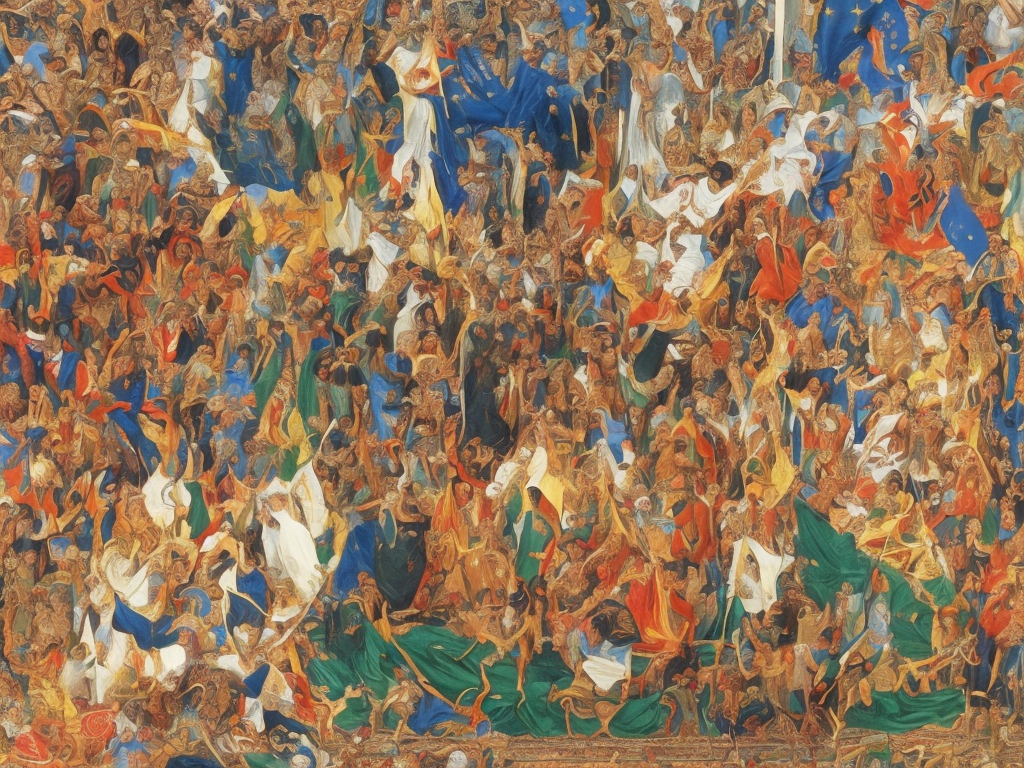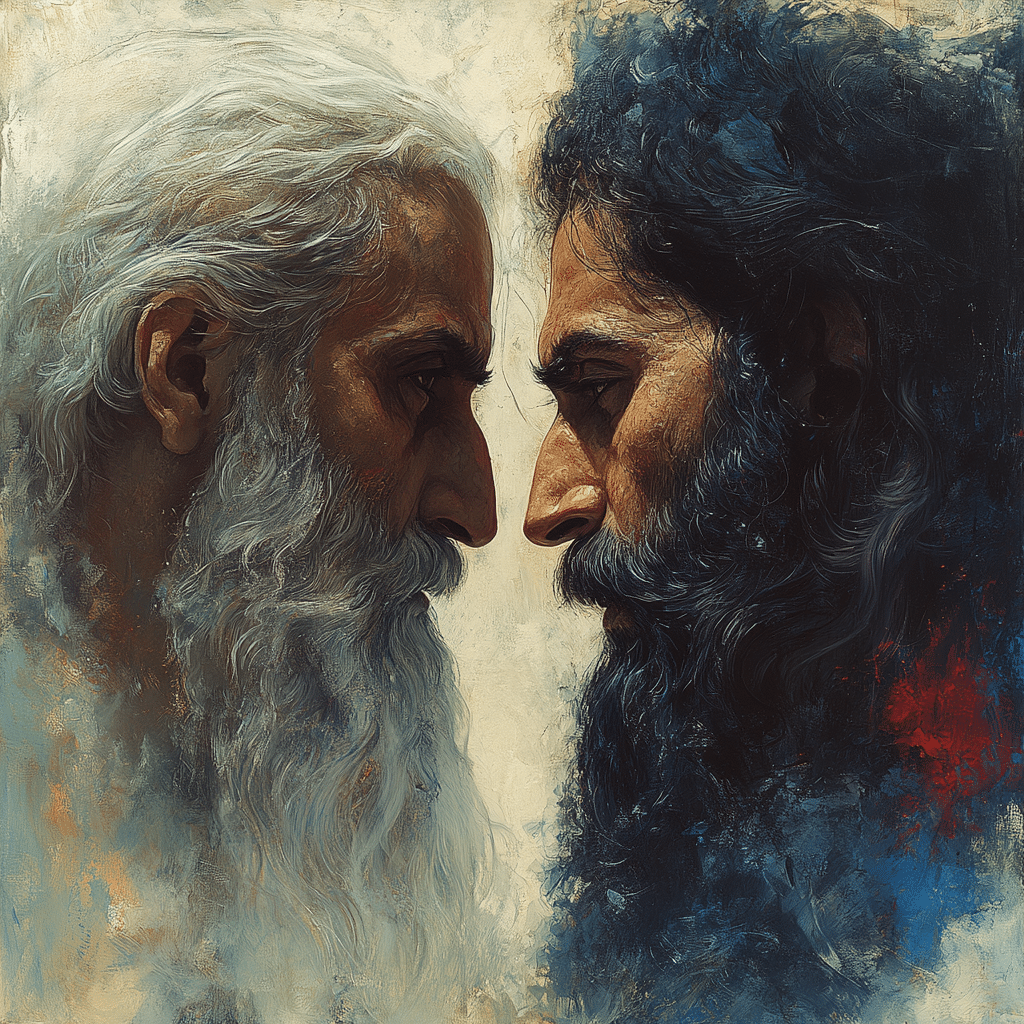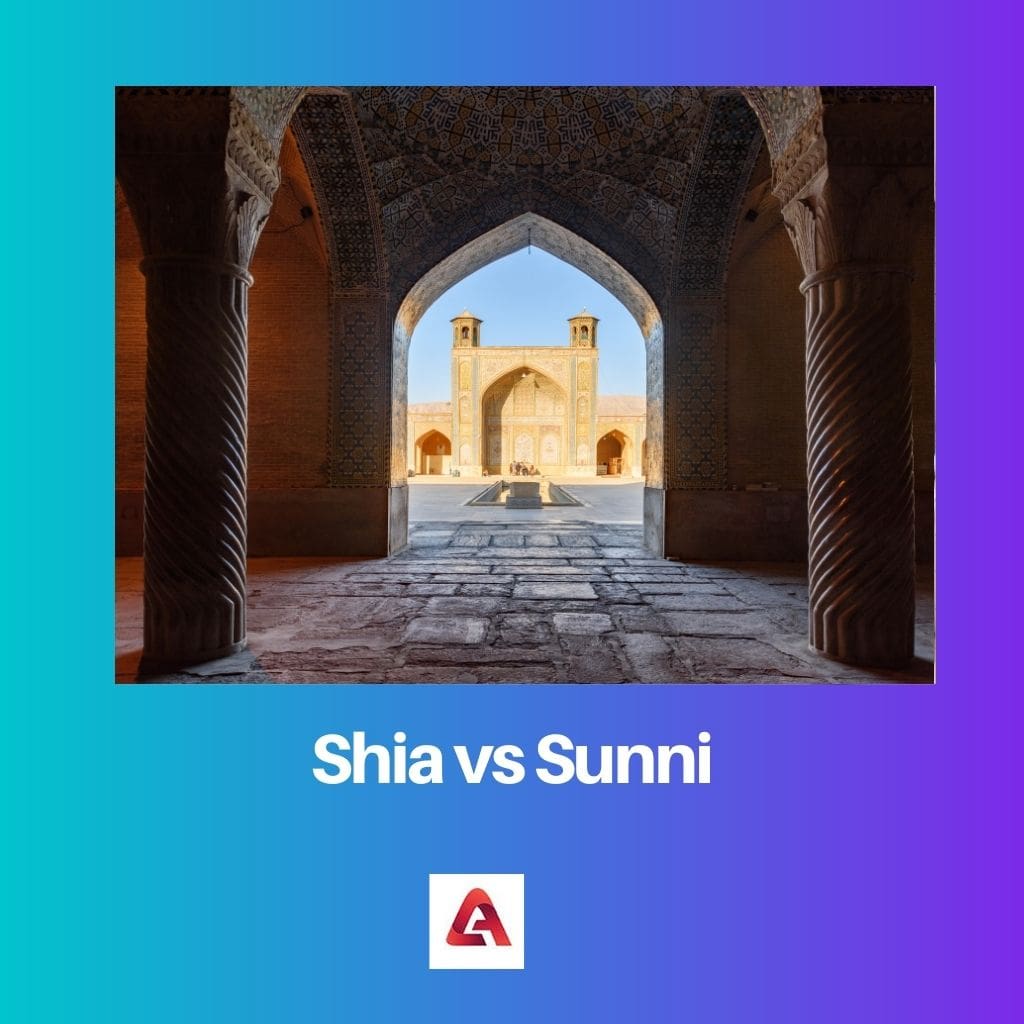When we talk about Iran, a lot of people might picture a country with a very particular religious identity. It's a place where faith plays a rather central role in daily existence, shaping many aspects of life. This strong connection to religious belief, actually, helps form the way the country sees itself and how it interacts with other parts of the world. So, it's quite interesting to consider the religious makeup of this nation.
For many, the religious landscape of Iran might seem somewhat monolithic, meaning like one big, unified block. However, as a matter of fact, while a vast majority of its people do follow a particular spiritual path, there are smaller groups who practice different faiths. The overall picture paints a country where nearly all its inhabitants are followers of Islam, with just a tiny fraction belonging to other spiritual traditions.
This general understanding of Iran's faith profile, you know, sets the stage for a deeper look into the specific branches of Islam found there. Within the broad umbrella of Islam, there are two main expressions: Shia and Sunni. While Sunnis represent the bigger portion of Muslims across the globe, the situation inside Iran is, quite literally, the reverse. It's a place where the Shia way of belief holds a very dominant position.
Table of Contents
- What is the overall religious makeup of Iran?
- How does the Shia Sunni percentage in Iran stand within its Muslim population?
- Is there a difference in Islam from Iran to other Muslim countries?
- How does the Shia majority influence Iran's relationships with its neighbors?
- What is the impact of the Shia Sunni percentage in Iran on its connections abroad?
- What effect does the Shia majority have on Iran's internal affairs?
- How does the Shia Sunni percentage in Iran shape its daily life and rules?
- Why is the Shia Sunni percentage in Iran unique compared to the global Muslim population?
What is the overall religious makeup of Iran?
When we look at the people who live in Iran, it's pretty clear that nearly everyone identifies as a Muslim. According to information from around 2011, about 99.4% of the population followed Islam. This means that, basically, the country is overwhelmingly Muslim. That's a really big number, indicating a very strong religious identity for the nation as a whole. It shapes, in a way, the collective spirit and shared practices of the people living there.
The remaining small part, just 0.6% of the people, belong to other religious traditions. This smaller group includes followers of Zoroastrianism, Jewish people, and others. So, you know, while the Muslim faith is definitely the primary one, there's still a bit of religious variety present, even if it's in very small proportions. This slight blend of faiths shows that even in a very religiously uniform place, some different beliefs still exist.
These figures help us to get a good picture of the religious landscape in Iran. They show that, quite simply, Islam is the dominant faith, practiced by almost everyone. This widespread adherence to one particular religion, you know, naturally plays a part in the country's overall way of life and its public expressions of faith. It's a foundational piece of how Iran sees itself.
How does the Shia Sunni percentage in Iran stand within its Muslim population?
Within that large Muslim population in Iran, there's an interesting breakdown when it comes to the Shia and Sunni branches. While some older reports might have given a detailed split, more recent information doesn't always provide that specific numerical division. However, we do have estimates that give us a pretty good idea of the proportions. It's a rather important point for understanding the country.
According to government figures, the number of Sunnis in Iran makes up a smaller portion, somewhere between 7% and 10% of the Muslim population. This means that the vast majority of Muslims in Iran, somewhere around 90% to 93%, follow the Shia branch of Islam. This makes Iran a country with a very strong Shia character, which is quite different from many other Muslim nations around the world, actually.
This particular distribution, you know, where Shia Islam is the dominant form, is a defining feature of Iran. It's not just a statistic; it represents the primary religious identity for most people there. This majority status for Shia Islam is something that really sets Iran apart and helps shape its distinct cultural and political identity, too.
Is there a difference in Islam from Iran to other Muslim countries?
Some people might think that Islam in Iran is just like Islam anywhere else in the Muslim world. But, you know, that's not really the case. The fact that Iran has such a large Shia majority makes its expression of Islam quite distinct from countries where Sunni Islam is the main practice. This difference isn't about the core beliefs of Islam, but rather about how those beliefs are interpreted, practiced, and organized within society.
The predominance of Shia Islam in Iran, you see, means that its religious institutions, its educational systems, and even its daily customs are often shaped by Shia traditions and interpretations. This creates a different feel and structure compared to, say, a country with a strong Sunni majority. So, while the fundamental tenets of Islam are shared, the way they show up in public life can vary quite a bit.
This unique character of Islam in Iran, therefore, is a direct result of its demographic makeup. It means that when you consider the religious landscape of Iran, you're looking at something that, in some respects, stands apart from the typical Muslim-majority nation. It's a subtle but really important distinction that helps explain many aspects of Iranian society and its interactions with others.
How does the Shia majority influence Iran's relationships with its neighbors?
The fact that Iran is mostly Shia has, quite simply, brought about some involved situations in its connections with countries nearby. In many of the nations that share a border or are close by, the Sunni expression of Islam is the one most people follow. This difference in primary religious identity can, you know, sometimes lead to a bit of tension or a lack of easy communication between Iran and its neighbors.
There have been times, for instance, when Iran has felt a sense of being set apart in areas where Sunni Islam is the main religious practice. This feeling of isolation can happen because the shared religious ground isn't as firm, making it harder to find common viewpoints on certain matters. It's a bit like two different families trying to agree on something when they have very different ways of doing things, you know.
However, despite these occasional challenges, Iran also makes a point of building strong connections with countries that have a significant number of Shia followers. Places like Yemen and Lebanon, for example, have important Shia populations. Iran works to create partnerships with these nations, fostering shared ways of working together that are built on their common religious ties. This shows, in a way, how the Shia identity can be both a point of difference and a basis for connection.
What is the impact of the Shia Sunni percentage in Iran on its connections abroad?
The specific Shia Sunni percentage in Iran, particularly the strong Shia majority, really has a noticeable effect on how the country deals with the rest of the world. It means that Iran often looks to form alliances or strengthen existing bonds with nations that share its dominant religious leaning. This can be seen in how it approaches its foreign policy and who it chooses to engage with on a deeper level, basically.
For instance, the shared religious background with Shia communities in other places can lead to a sense of solidarity and mutual support. This isn't just about religious belief; it can translate into political, economic, and even cultural cooperation. So, you know, the religious makeup becomes a significant factor in shaping Iran's international friendships and its overall standing on the global stage.
This approach means that Iran's relationships are, in some respects, colored by its religious demographics. It's a country that, quite naturally, seeks out those with whom it shares a fundamental aspect of its identity. This pursuit of shared religious ground helps Iran to build a network of relationships that supports its interests and perspectives, even when it faces challenges from other directions.
What effect does the Shia majority have on Iran's internal affairs?
The fact that Shia Islam is the dominant faith in Iran has a really deep and wide-reaching effect on the country's culture and its rules for living. It's not just a matter of personal belief; it shapes the very fabric of society. This means that many aspects of daily life, from what people wear to how holidays are celebrated, are influenced by Shia traditions and values, actually.
The laws and policies within Iran, too, are very much connected to Shia Islamic principles. The country's governing structure and its legal system draw heavily from these religious foundations. This means that decisions made at the highest levels of government often reflect the interpretations and teachings of Shia religious scholars. So, in a way, the religious majority directly guides how the country is run.
This strong influence means that the Shia identity is, basically, woven into the national character of Iran. It affects how people interact with each other, what is considered right or wrong, and how disputes are settled. It's a pervasive presence that touches almost every part of public and private life, making the country quite distinct in its internal workings.
How does the Shia Sunni percentage in Iran shape its daily life and rules?
The specific Shia Sunni percentage in Iran, with its overwhelming Shia majority, plays a very big part in shaping the daily routines and the accepted rules of the country. Because Shia Islam is the predominant form, its particular customs, rituals, and interpretations of religious law are the ones that are most visible and widely followed. This means that public life, from the call to prayer to national holidays, reflects this dominant religious identity, you know.
For example, certain religious festivals or mourning periods that are especially significant in Shia Islam are observed throughout the country, often with great public participation. These events are not just religious; they are also important cultural gatherings that bring people together and reinforce shared values. So, it's pretty clear how the religious makeup directly influences the rhythm of life.
Moreover, the legal framework of Iran, as mentioned, is deeply rooted in Shia jurisprudence. This means that laws concerning family matters, business dealings, and even criminal justice are based on interpretations of Islamic law that align with Shia principles. This creates a legal system that, in some respects, is quite distinct from those in Sunni-majority nations, and it directly impacts the lives of everyone living there.
Why is the Shia Sunni percentage in Iran unique compared to the global Muslim population?
When we look at the global Muslim population, it's pretty clear that Sunni Muslims make up the vast majority. Somewhere between 85% and 90% of all Muslims around the world follow the Sunni path. This makes Sunni Islam the most widespread form of the faith across many countries. So, you know, it's the more common expression you'll find when you consider Muslims globally.
However, Iran presents a very different picture. As we've discussed, while Sunnis are the overwhelming majority worldwide, they are, in fact, a minority within Iran. The numbers show that only a small portion of Iran's Muslim population is Sunni, while the vast majority is Shia. This makes Iran quite unique in the Muslim world, as it's one of the few nations where Shia Islam is the dominant form.
This distinct demographic profile is what makes Iran stand out. It means that the country's religious identity is, basically, an exception to the global rule. This uniqueness affects everything from its internal governance to its foreign policy, setting it apart from many of its neighbors and other Muslim nations. It's a pretty important aspect to consider when thinking about Iran's place in the world.
Related Resources:



Detail Author:
- Name : Alvah Welch
- Username : lydia25
- Email : kristian51@gmail.com
- Birthdate : 1979-10-26
- Address : 327 Mueller Shoals Apt. 053 Hoppefort, VA 08617
- Phone : 337.602.7200
- Company : Koch LLC
- Job : Actor
- Bio : Omnis error tenetur voluptate. Fugit autem et autem consequatur nostrum quia minus. Repudiandae sit delectus neque. Eveniet sunt consequatur atque deleniti.
Socials
linkedin:
- url : https://linkedin.com/in/buford.stark
- username : buford.stark
- bio : Ab cupiditate quos ipsum est ducimus doloribus.
- followers : 5226
- following : 2991
tiktok:
- url : https://tiktok.com/@bstark
- username : bstark
- bio : Molestiae doloremque autem in.
- followers : 6509
- following : 603
instagram:
- url : https://instagram.com/stark1989
- username : stark1989
- bio : Consequatur provident vel explicabo debitis dolor numquam. Qui dolorem officiis modi dicta non.
- followers : 857
- following : 415
facebook:
- url : https://facebook.com/bstark
- username : bstark
- bio : Nihil dignissimos consequuntur quia sed voluptatum.
- followers : 5361
- following : 896
twitter:
- url : https://twitter.com/buford7693
- username : buford7693
- bio : Illum aut amet soluta laborum iusto animi neque. Omnis voluptatibus delectus reprehenderit ut. Eum nihil recusandae temporibus tenetur ipsam.
- followers : 625
- following : 1056